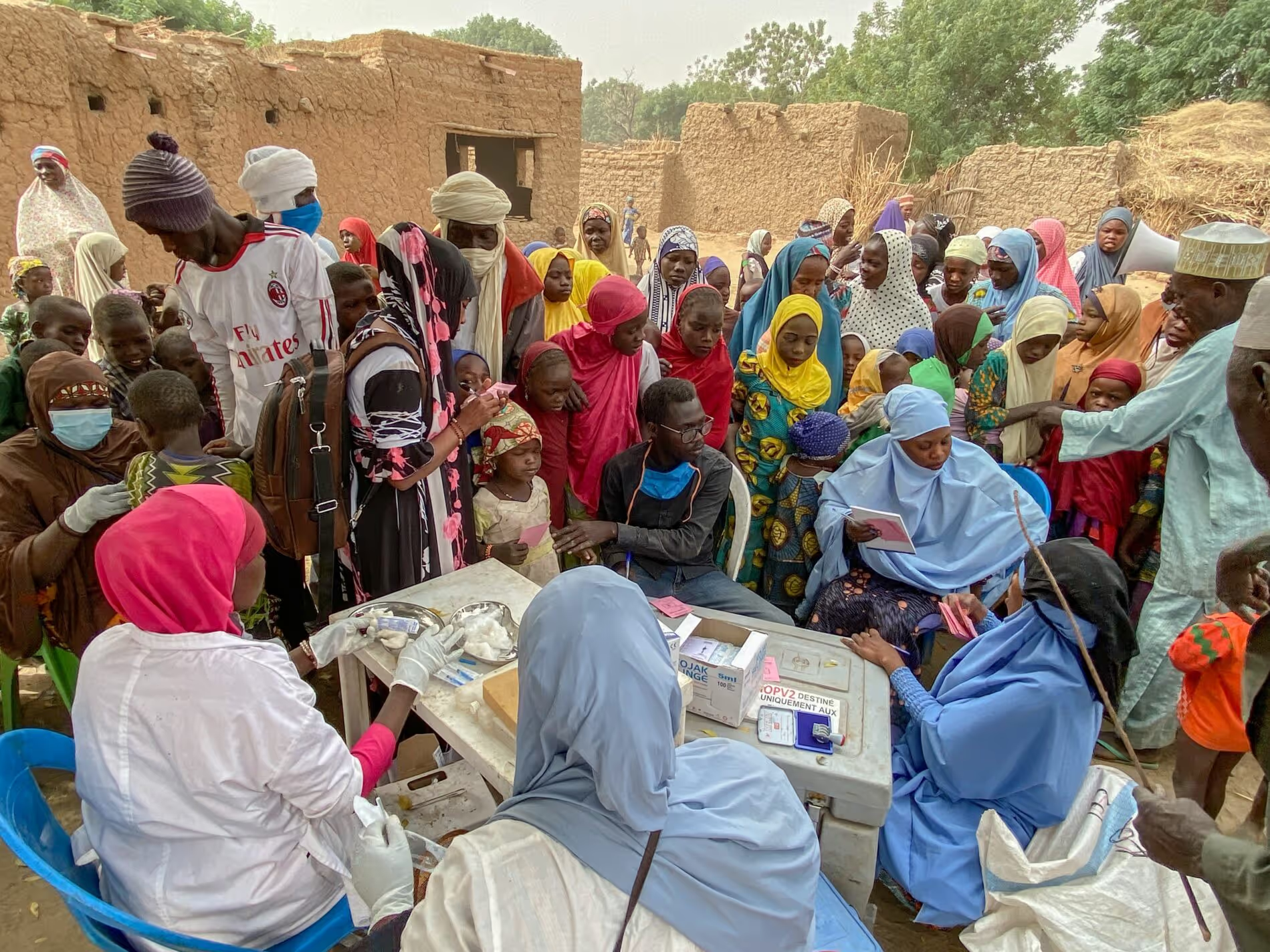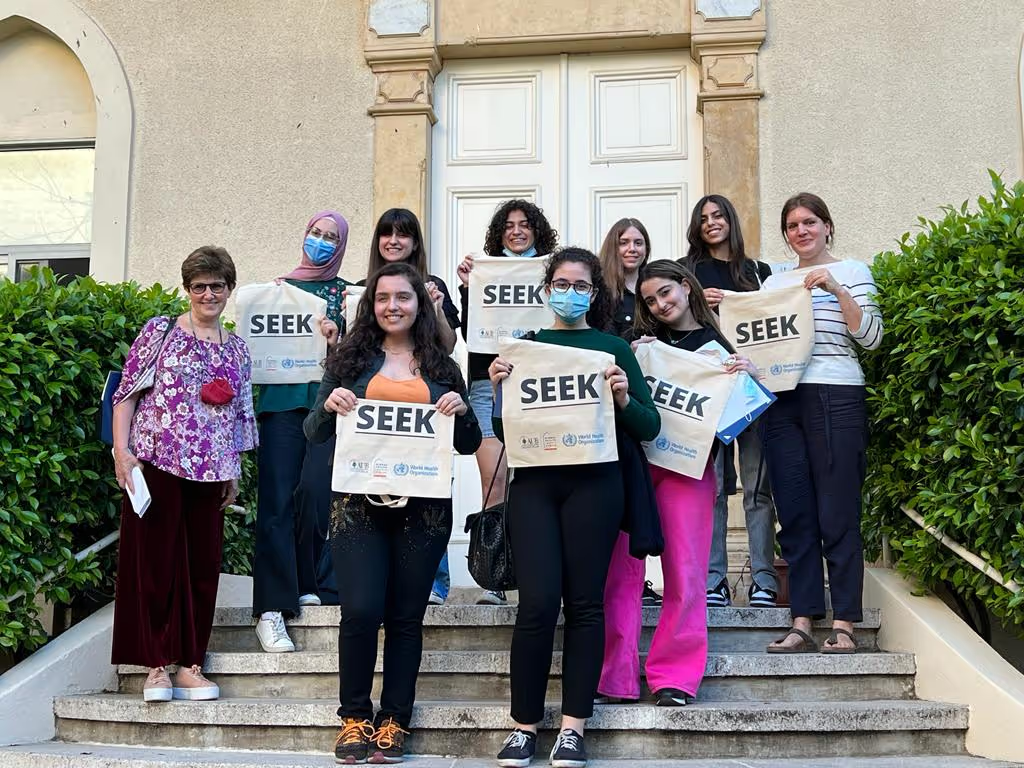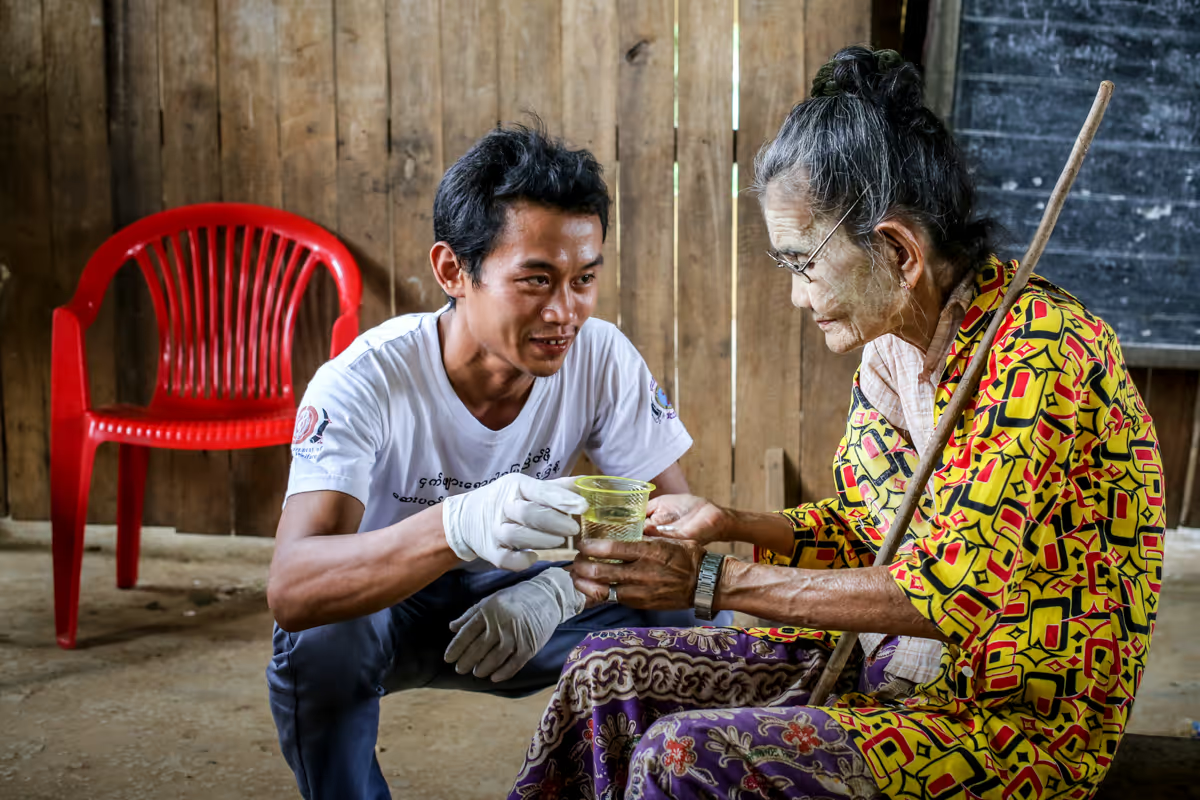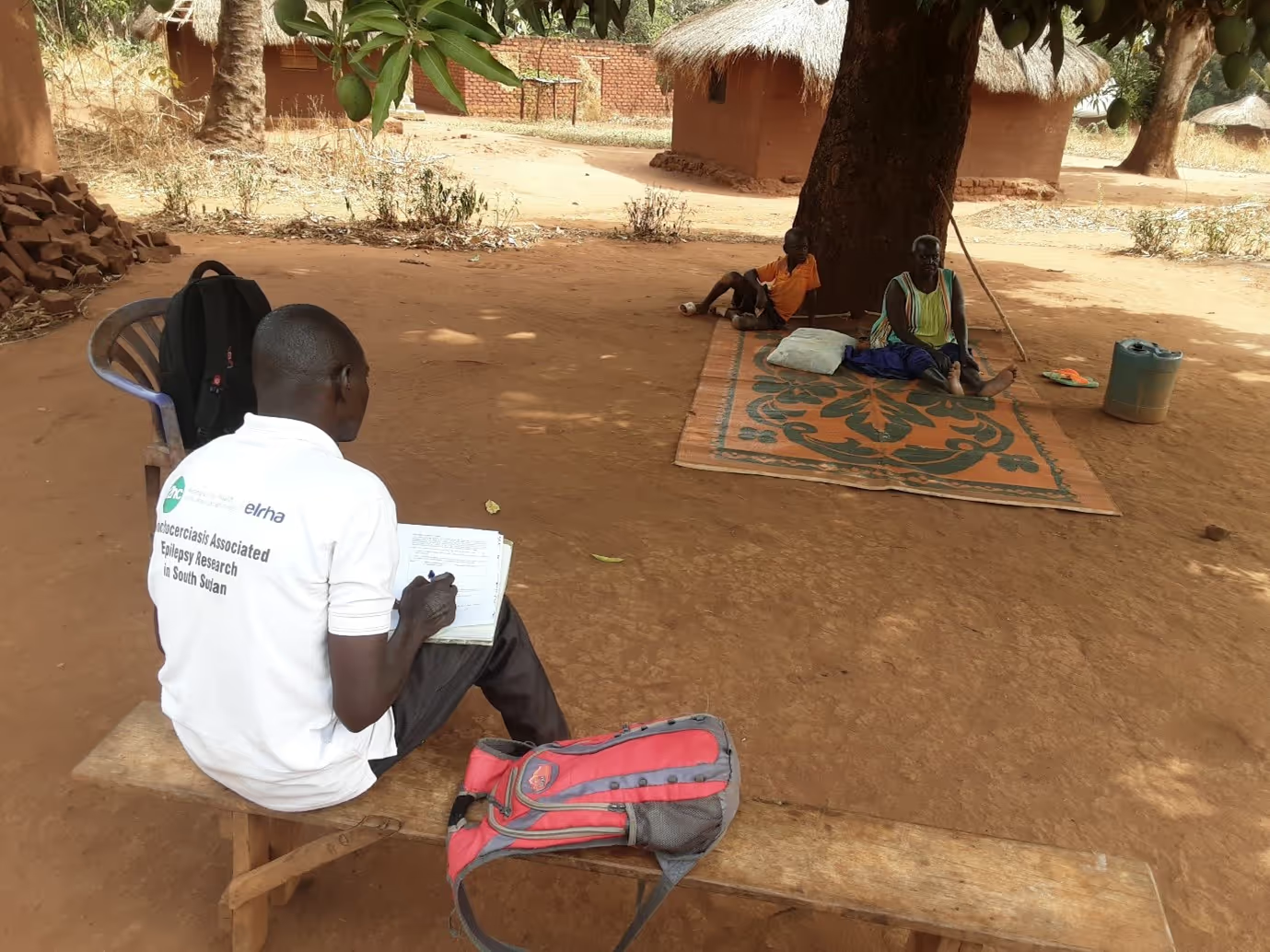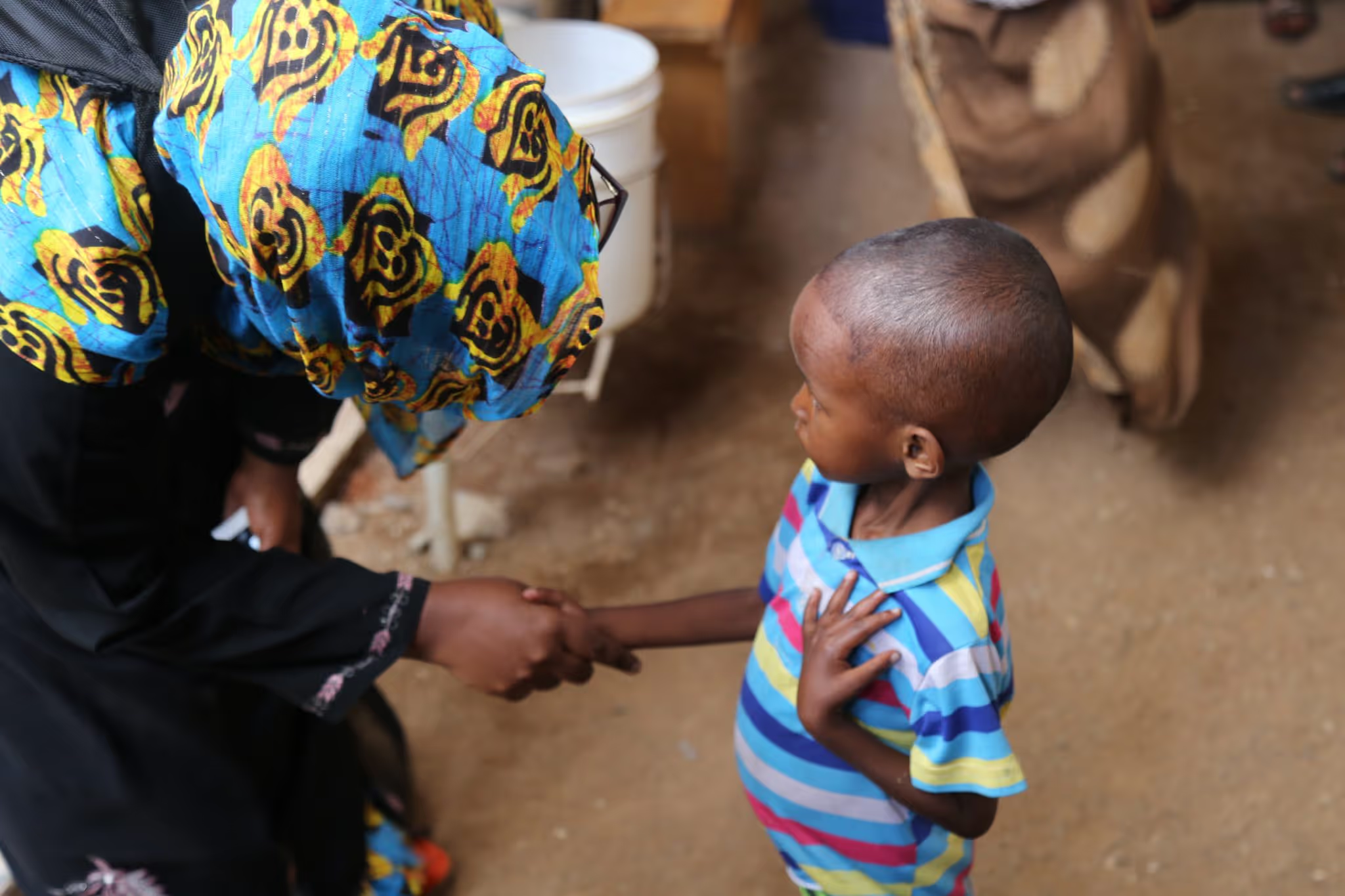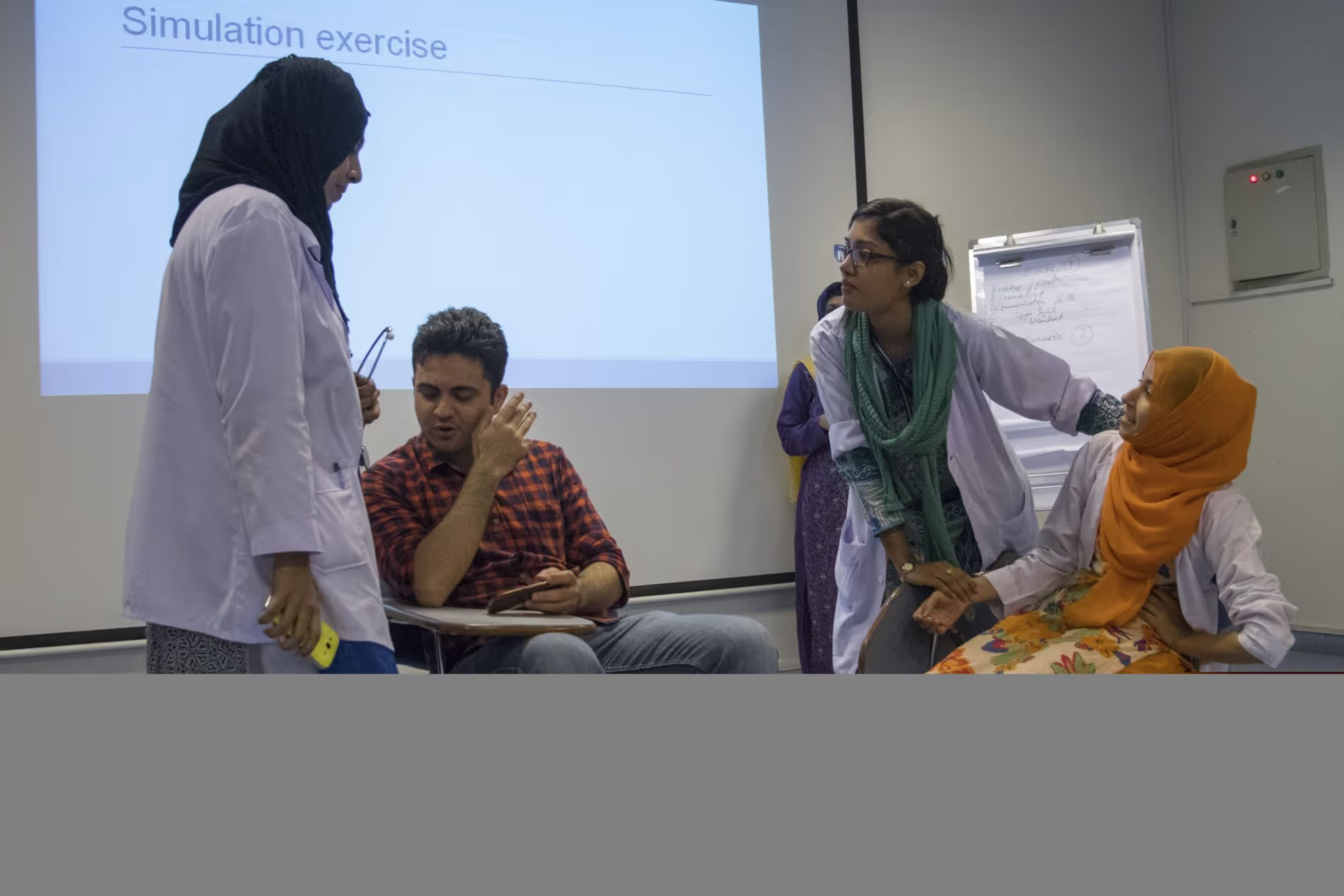Using Humanitarian Engineering in Humanitarian Refugee Interventions -- Copy
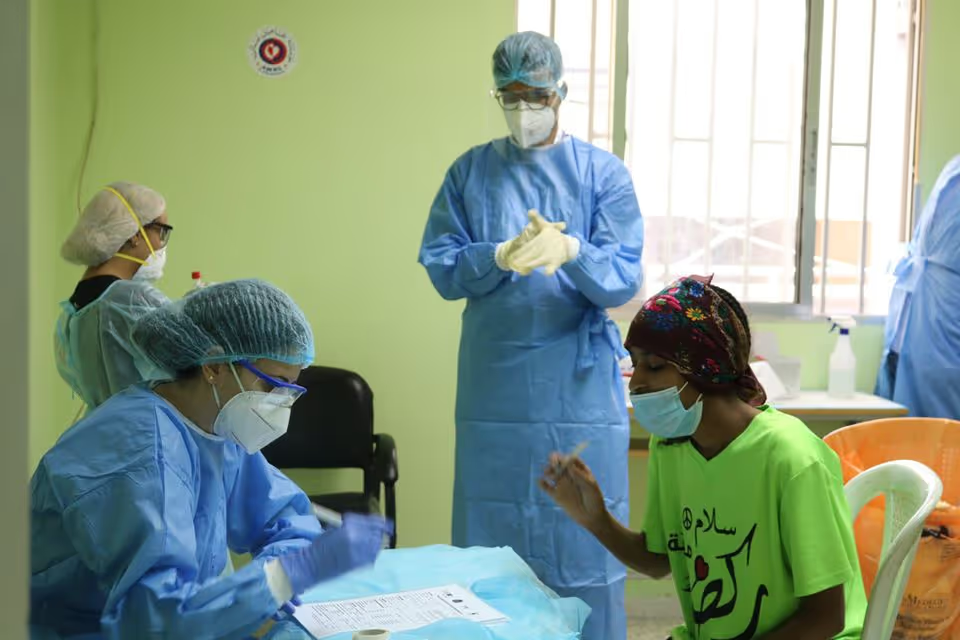
Project overview
This study sought to improve the safety of refugee services, through understanding when and why COVID-19 safety protocols are not followed, and how barriers to adherence can be overcome. The study recommends that humanitarian service providers pay close attention to how different protocols are followed in different cultures, and to the affects of COVID skepticism on their refugee clients’ safety and willingness to be vaccinated in the future.
Project solution
This project offers [specific solution or intervention] to tackle [challenge]. By implementing [strategies, tools, or innovations], the project aims to achieve [desired outcomes]. The approach is designed to [specific actions or methods] to bring about meaningful change in [community, region, or issue area].
Expected outcomes
This project aims to achieve [specific outcomes], such as [measurable results, improvements, or changes]. The expected impact includes [benefits to the target community, advancements in research or innovation, or long-term effects]. By the end of the project, we anticipate [specific changes or milestones] that will contribute to [broader goals or objectives].
Principal Investigators: Stephanie J. Nawyn & Stephen Gasteyer (Michigan State University)
Research Snapshot: Humanitarian COVID-19 safety protocols
To provide services to refugees safely during the COVID-19 pandemic, NGOs have instituted safety protocols to mitigate the risk of spreading infection in crisis settings. This study aimed to better understand how these protocols were being followed on the ground and examine barriers to adherence.
[.cta_link]View Research Snapshot[.cta_link]
What did the study set out to achieve?
Humanitarian NGOs face significant challenges to limiting infection spread while assisting refugees. Using data from on-the-ground service provision to refugees in thirteen locations in Lebanon, Jordan, and Turkey, the overall goal of the study was to determine what interventions could be implemented that would mitigate barriers to practices that aimed to slow the spread of COVID-19 among refugee populations.
In accordance with the study's original aims, the study focused on social distancing, mask wearing, and hand hygiene, measuring how well those protocols were followed during different types of services and with different refugee populations. Barriers such as lack of physical space, lack of knowledge about COVID-19, limitations of the services, and attitudes about COVID-19 were measured.
What were the key findings?
After conducting 1,454 interviews with staff and 215 unique observations of service provision at four partner NGOs assisting refugees in Lebanon, Turkey, and Jordan, the study found:
- In situations that were inherently higher risk, people were more adherent to safety protocols and there was subsequently less infection risk. Conversely, there were more potential infection vectors when people felt safer.
- It was expected that availability of hand hygiene resources like soap and sanitiser would be a challenge. In fact, refugees and NGO staff did not always use such resources when they were available.
- Cultures of protocol adherence seem to operate in service spaces, with norms emerging around specific protocols such that one protocol might be followed well while another protocol might have lax adherence.
What does this mean for policymakers and practitioners?
One of the more concerning findings of this study was the prevalence of COVID skepticism among refugees. Humanitarian service providers will need to consider how COVID skepticism might affect not just their refugee clients’ adherence to safety protocols, but also their willingness to be vaccinated in the future.
The findings also suggest that local cultures emerge around COVID-skepticism and adherence to different safety protocols. Humanitarian NGOs need to consider the specifics of each site as a local culture that might be quite different from others. They should not assume that protocols are followed in the same way across all of their service centers, or that because one protocol is followed well that others are too.
Next steps
The research team are preparing to distribute the recommendations from their study through a written final report and a series of five webinars offered in English and Arabic.
Please check this study webpage for the latest updates, outputs from the study, and contact information.
Project delivery & updates
Stay up to date with the latest developments from this project. Here, you will find details on what has been delivered, resources created, and regular updates as the project progresses. Access key documents, reports, and other materials to see how the project is making an impact.
